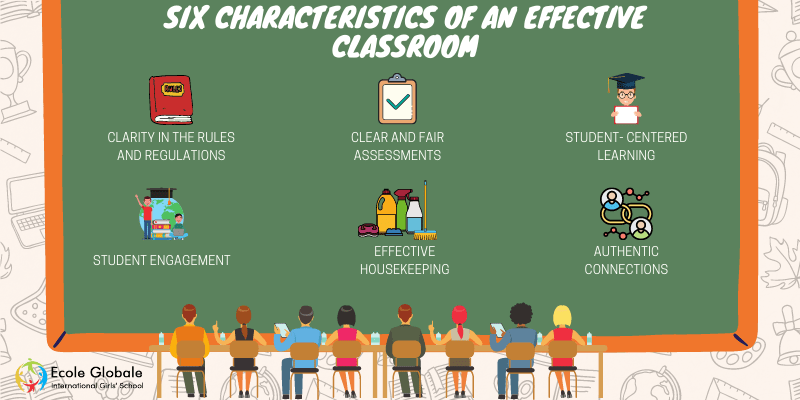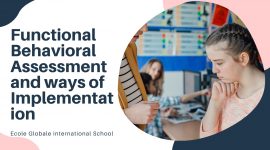Classrooms are that essential space in a student’s life where they spend the majority of their time. It is a learning, growing, and nurturing space that helps in the personality and character development of the child. For the best study practices and practical knowledge gaining experience, the classrooms need to be well-managed and structured. Here are a few ways in which classes can emanate a sufficient educational training experience for the kids:-
Clarity In The Rules And Regulations
Rules and regulations are necessary to maintain the discipline and dignity of the classroom environment. Educating the students about the various essential rules will facilitate them to work better in the classroom environment. Establish the expectations as per the caliber of the students and their mental state. When dictating the expectations, provide the reasoning behind them so that students feel more motivated towards achieving them. Here are a few ways in which student’s expectations should be developed in a classroom:-
- These expectations should be reasonable and essential.
- Teachers should be bright and apprehensive about their expectations.
- These expectations should be consistent with the educational goals.
- Align the expectations with the learning and teaching practices.
- Classroom expectations should be compatible with school expectations.
Classroom rules should be clear and concise. Once the rules have been entrenched, teachers should make sure that they are being followed. Fairness in the evaluation should be practiced in relation to these rules, systematically. A student should be held responsible for his/ her misdeeds.
Clear And Fair Assessments
Assessments indicated the potential and capabilities of a student. Teachers and educators should set fair ground rules for evaluations and evaluate the students based on their performance, without any bias.
Today, new methods of assessments are also prevalent in the schooling sector. More proficient authentic assessments are replacing traditional assessments. Teachers can use different tools like daily charts, weekly updates, projects, and monthly event progress for analyzing a student’s performance and track their potential. Teachers should also indulge in regular feedback and make the necessary changes and enhancements in their evaluation strategies.
The directions regarding all the assignments should be provided to the students with clarity. Students should be able to decide what resources and what particular set of skills are needed for the assigned task.
Effective Housekeeping
Housekeeping demands adequate time and task management. Every day in a class brings new goals for the students, and teachers and students ought to complete daily work tasks, as per the schedule decided. I active organization can extend the period required in the completion of a particular job and subsequently affect the whole program.
Therefore, teachers need to ensure that a proper amount of time is assigned for every activity. Breaks are provided to look after the personal needs.
An organized and well-maintained classroom helps a student to cope up with various problems effectively. Hence, teachers should engage in productive time-management strategies for the school and students. Students will get used to the schedule and experience that fewer efforts are needed for the completion of the tasks.
Student Engagement
An essential aspect that is necessary for learning is student engagement and attention. A teacher that comes up with innovative ways to enhance the student’s engagement usually delivers a better understanding of the topics. Students also feel motivated and subsequently learn better. In the present age, technology has proven to be a boon in enhancing learning practices. The teaching sessions have become more interactive and exciting for students. Ease in grasping concepts can be achieved through student engagement.
Other than technology, teachers can utilize different activities like games, quizzes, discussion groups, and debates to improvise a student’s engagement. Let the students decide what they need to learn and what they want to pursue.
Student-Centered Learning
In student-centered classrooms, children are actively involved in the learning process. They do not sit passively and make decisions as per their critical thinking capabilities. They ask questions based on their observations and also provide their opinions and perception on various things being taught. Such a classroom environment utilizes the practices of collaborative learning, inquiry-based learning, and inclusivity. Student’s work gets assessed based on their abilities and not as per the standard rules of traditional classroom assessments.
Authentic Connections
In the most advanced and happy classroom atmosphere, there is a genuine connection between the students and the teachers. The communication and the interaction are very frank, and therefore, a student does not feel hesitant in presenting their doubts. This also establishes a real-world scenario. Students get to discuss the problems in the community, science, and technological aspects, politics, and the current situation of the world.
They develop an opinion and ideology as per their understanding. Education is not only about bookish concepts. It is also about understanding the world practices and functioning of human civilizations.









